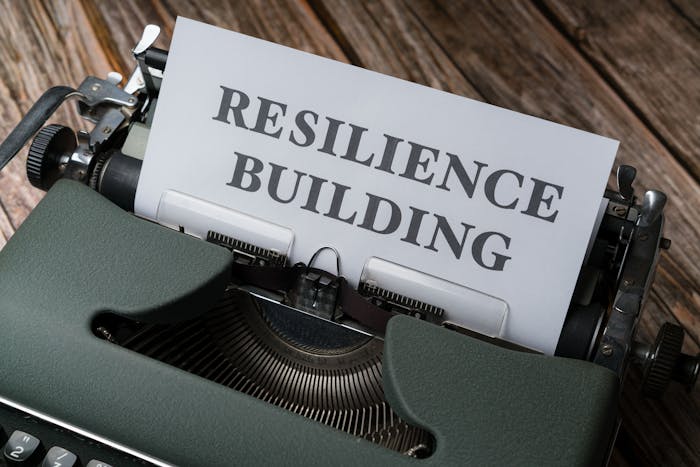Despite best efforts, crises can occur in any industry. Technology fails, unexpected market shifts happen, and global events and natural disasters take their toll. Leaders must prepare themselves and their teams for the worst with a strong crisis management plan.
Crisis management involves identifying potential threats and developing plans to overcome them. It also means devising response systems for worst-case scenarios. Above all, it requires developing resilient teams.
What is Crisis Management?
Leaders must first gain a strong understanding of crisis management and how it differs from risk management. Risk management involves planning for events that might occur in the future, while crisis management consists of strategies developed to deal with an active crisis and overcome it.
Identifying Crises
The first step in developing a crisis management strategy involves identifying potential crises, which can be internal or external.
Examples of external crises include a natural disaster, a data breach, or rumors that negatively affect a company’s reputation. Internal factors include issues like chemical spills, poor customer service that damages online reviews, and employees accidentally downloading viruses into computer systems.
Internal crises are easier to control and can be avoided by enforcing strict policies. External crises are more challenging to prevent, but companies can recover quickly with the right crisis management strategy.
Implementing Crisis Management
Many teams implement crisis management by conducting a risk analysis. They identify possible risks and their likelihood of occurrence. They may use strategy tables to assess probability and best and worst outcomes.
Then, they develop a plan of action if the risk becomes a reality. For example, they may determine new ways to generate sales if their system goes down, or they may decide to pivot to a remote work environment if a natural disaster impacts their workspace.
What are the Key Steps of Crisis Management?
Detecting Crisis in Its Early Stages
Organizations must make employees aware of what a crisis looks like in its early stages. This could mean knowing how to identify suspicious emails and downloads. Leaders may also instruct employees to monitor social media for negative commentary that could get out of hand.
Early detection is critical. When the crisis is identified early on, it’s easier to control. It limits reputational and operational damage and allows companies to pivot to new systems quickly to avoid downtime.
Developing a Plan of Action
In the best circumstances, teams will address a crisis in its early stages before considerable damage is done. However, if things escalate, teams must be prepared.
Many companies create crisis management teams. Some employees may actively fix systems, while others address the public to mitigate reputational damage. Assigning roles and responsibilities will ensure an organized crisis response that minimizes stress.
Beyond that, plans of action may vary depending on the crisis. A technology disruption may involve pivoting to a new system. Negative media could require press responses delivered by PR teams.
Crisis Recovery
Recovering from a crisis is not easy. Depending on the extent of damage, it could mean rebuilding from the ground up. Businesses may have to find new offices, develop new systems, recall products, or close for employee training.
However, one strategy will help companies with the recovery process, regardless of the crisis and extent of the damage: Companies must build resilient teams. A resilient team will bounce back from crisis and become more vital than ever.
Leaders can build resilient teams by establishing a growth mindset. They should encourage employees to be innovative and take charge, which will help them deal with crises independently without waiting for authorization.
Employees who are treated well also tend to be more resilient and loyal to their companies. Organizations should make employees feel safe and well cared for. They should also develop a culture of collaboration, ensuring teams work together when a crisis occurs.
Learning and Developing
A crisis is never good, but there is one prominent bright spot. Companies can learn from incidents that occur. They can analyze why they happened and whether their response was adequate. They can use that information to develop more robust plans that will help them improve strategies for the future.
Want to learn more about how to lead teams effectively? Sign up for our newsletter today.


0 Comments